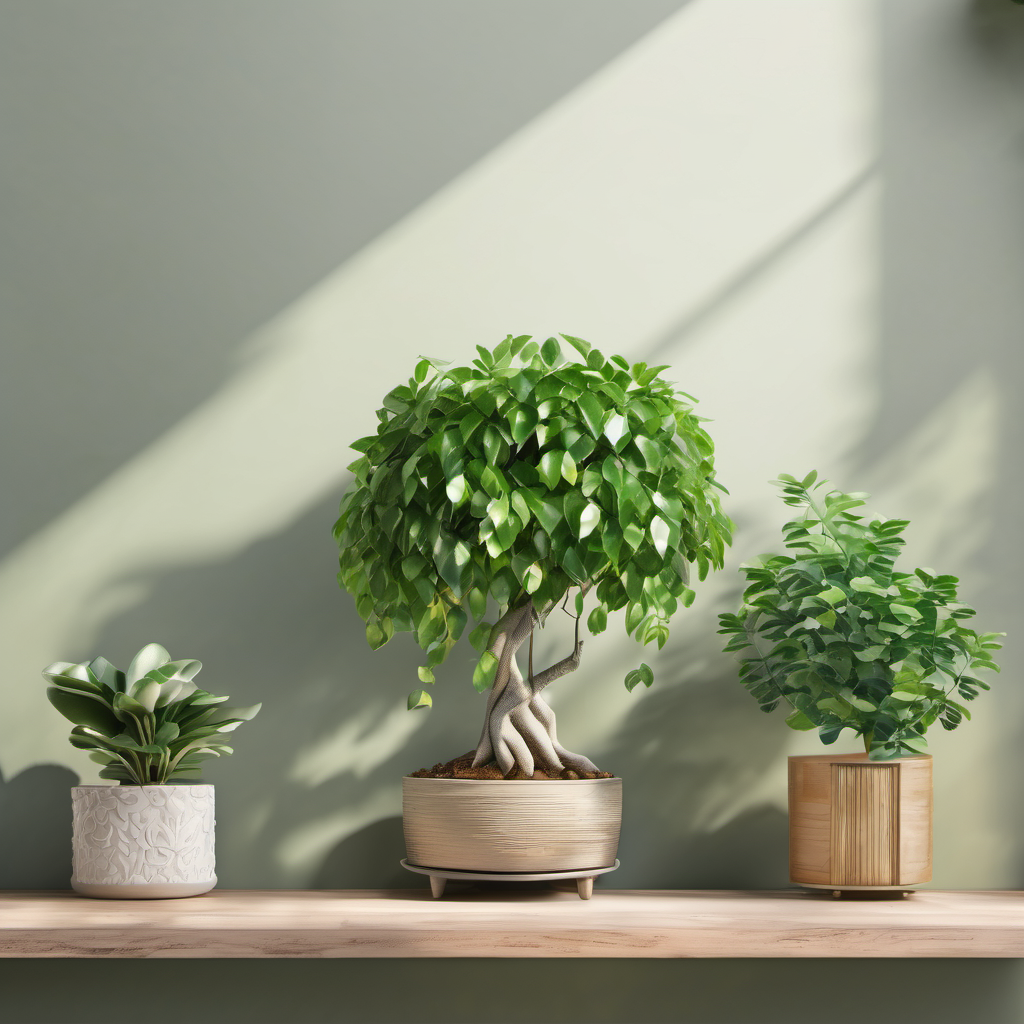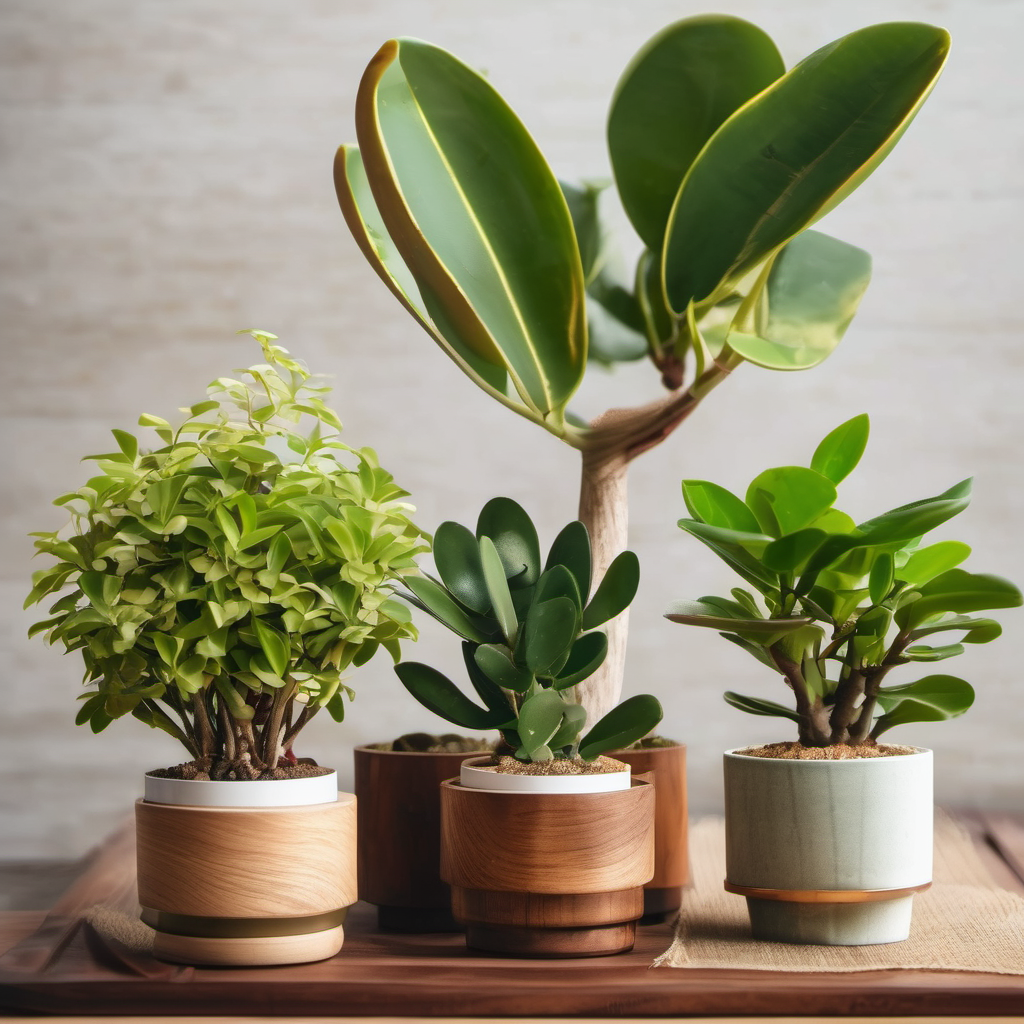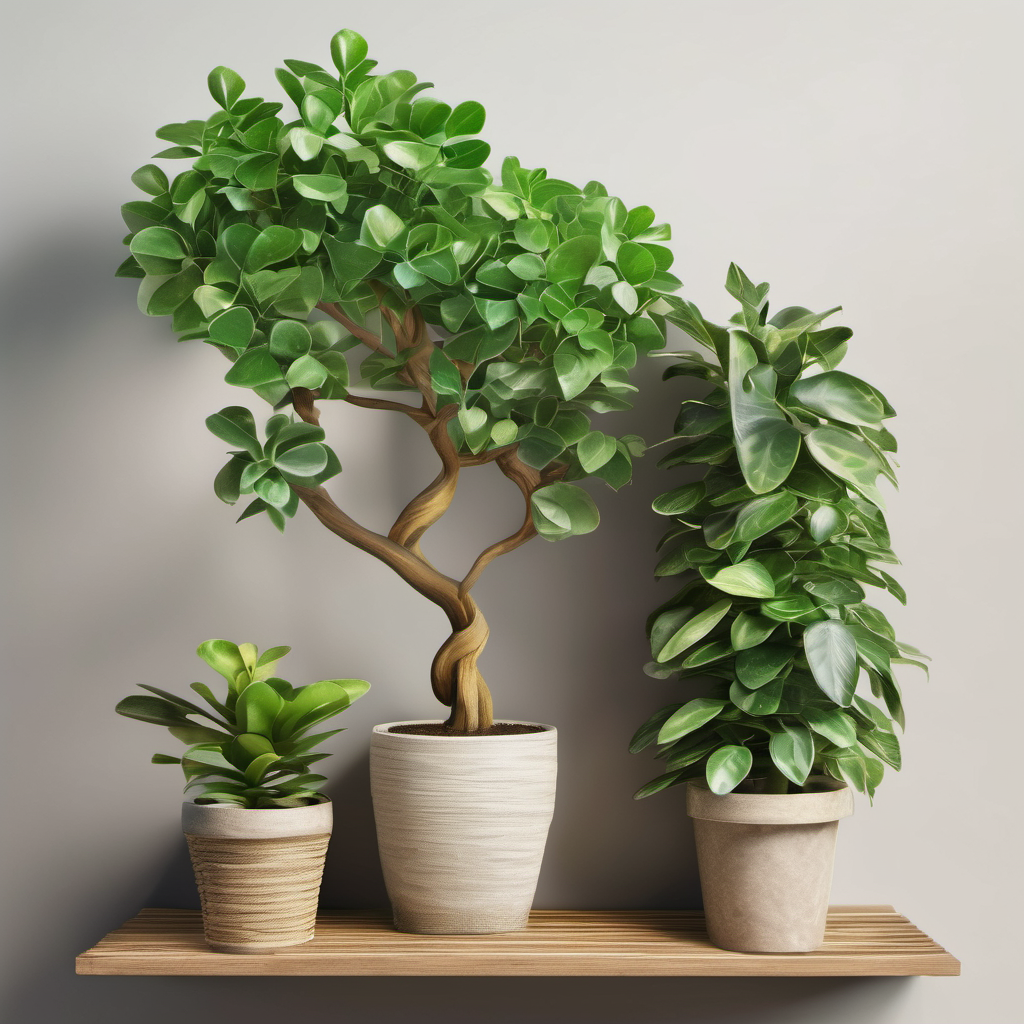It is easy to find plants used through the ages to invoke the spirit of wealth, money, and prosperity. Popularly referred to as ‘money plants’ or ‘fortune plants,’ these plants occupy a significant position in many cultures and religious practices. Each selected plant is imbued with specific meaning and symbolism from the luxurious Money Tree, the lovely Jade Plant, the former Lucky Bamboo, and the divine Peepal Tree. Even though the beliefs about these plants are based on superstitions or metaphysical ideas, these plants remain quite popular. Their continued appeal as house plants choices across the globe reflects a universal human desire for prosperity, wealth, and a connection to the natural world. These plants can either be taken with great enthusiasm or admired for their aesthetics, providing a fascinating look into the culture surrounding the idea of luck.

The Money Tree: A Symbol of Prosperity
Another lucky plant is the Money Tree (Pachira aquatica). It originated in Central and South American areas and is believed to attract wealth and luck. It has a braided trunk and shiny green leaves, and it is considered to bring the flow of money and wealth into a house. The Money Tree’s adaptability makes it a great choice for various rooms, including bathrooms or top of bathroom vanities.
Consider placing a Money Tree on a stylish bathroom vanity? Explore our collection of bathroom vanities san jose.
Jade Plant: The Dollar Plant for Wealth
It is not unusual to find the Jade Plant (Crassula Ovata) associated with good fortune and luck. This fleshy plant was initially found in the regions of South Africa and Mozambique but has been popularly grown in Asia for years, especially in China and Japan. The plant with rich green leaves is worn as a sign of wealth and prosperity, and its hardiness and ability to grow in any condition symbolize longevity.

Feng Shui and the Art of Plant Placement
Feng Shui is an ancient art of positioning objects in a particular space in a manner that helps to enhance the surrounding environment and the luck of the people who inhabit it. One of the most crucial principles of this practice is the use of what is called the ‘Lucky Plants .’ All parts of a house or an office space have an energy field, and by placing the plants in certain areas, like on top of your kitchen countertop, people living in the home or working in the office can benefit from that particular area’s energy.
For instance, the wealth corner, or the house’s Xun sector, is considered an ideal location for cultivating money trees or jade plants. However, the Tao section, connected with health and long life, can be viewed as the most appropriate place to put things like a lucky bamboo, peepal tree or a leopard lily houseplant.
Beyond Lucky Plants: Nurturing Gratitude and Mindfulness
While it may be enjoyable and innovative to incorporate certain aspects of feng shui into one’s home, such as having a few lucky plants in one’s office, it is crucial to remember that happiness and wealth are not outside people. It is valuable to be grateful for the things one has, be aware of the present moment, and have a positive attitude in life to create and maintain one’s wealth and happiness.

Instead of ascribing certain qualities to these plants and thus giving them control over a person’s life, one should consider these plants as a gentle reminder to work on the person’s healing, growth, and appreciation of what is in their life. Taking care of these plants is very useful because they can be a good source of relaxation and make you feel like you are taking care of the environment.
Therefore, whether one buys the idea of lucky plants and their capacity to bring luck to a home, these beautiful and exciting plants will surely add a touch of the enigmatic and the mystical to your home’s design and décor. Consider it a lesson on appreciation of what they have, learning to live in the moment, and being one with nature because that is where one can find the true riches in life – the riches of abundance.
Conclusion
It has been believed that the presence of certain plants, or what might be called lucky plants, to bring wealth and prosperity into one’s life is a unique blend of values, beliefs, and a human being’s relationship with nature. Irrespective of the belief that one may have regarding the magical qualities of the flora mentioned above, these are an excellent reason to be grateful, live in the moment, and transform one’s outlook toward life. It is also a way of caring for a living thing and increases one’s responsibility towards the surroundings.
KEYWORDS:
